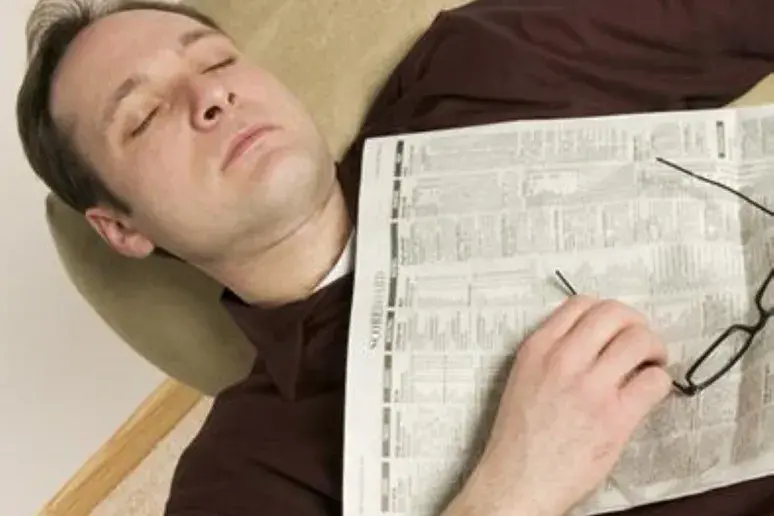
HGNS improves airflow in OSA patients
Hypoglossal nerve stimulation (HGNS) increases airflow during sleep in obstructive sleep apnea (OSA), new research has revealed.
A Johns Hopkins Sleep Disorders Centre study discovered a marked dose-related increase in airflow in OSA patients following HGNS, without waking individuals.
The findings suggest the possible therapeutic suitability of HGNS to the broad spectrum of sleep apnea symptoms and their severity.
Researchers also believe that the study may offer an alternative to continuous positive airway pressure (CPAP).
Alan R. Schwartz, medical director at the sleep centre, stated: "With high HGNS, airflow increased in all of our patients, and increased progressively with stimulus amplitude.
"The increases in airflow we observed were of sufficient magnitude to eliminate inspiratory airflow limitation (IFL) in the majority of patients."
Continuous positive airway pressure (CPAP) is also thought to reduce fatigue and tiredness in individuals with OSA, suggesting that the complaints are symptoms of OSA.
Research indicated that CPAP therapy undertaken for an average of five or more hours per night decreased baseline complaints of fatigue in 56 per cent of subjects.
Find the nearest Barchester care home.
Find your nearest Barchester care home
With over 200 care homes in the UK, there's always a Barchester care home near you.
